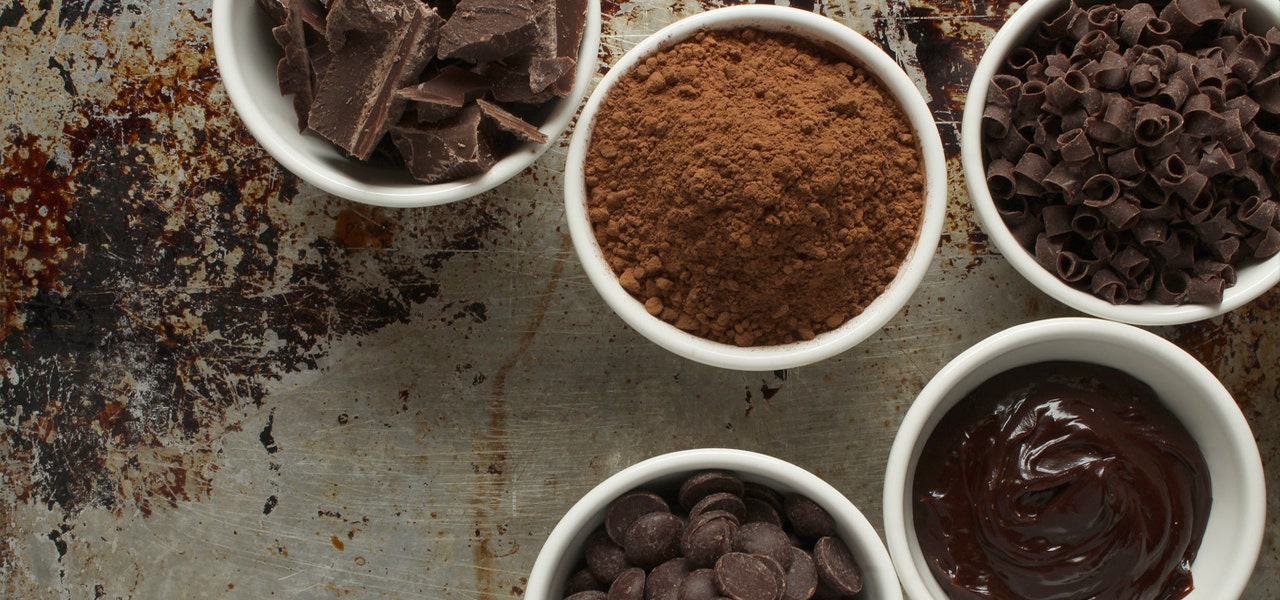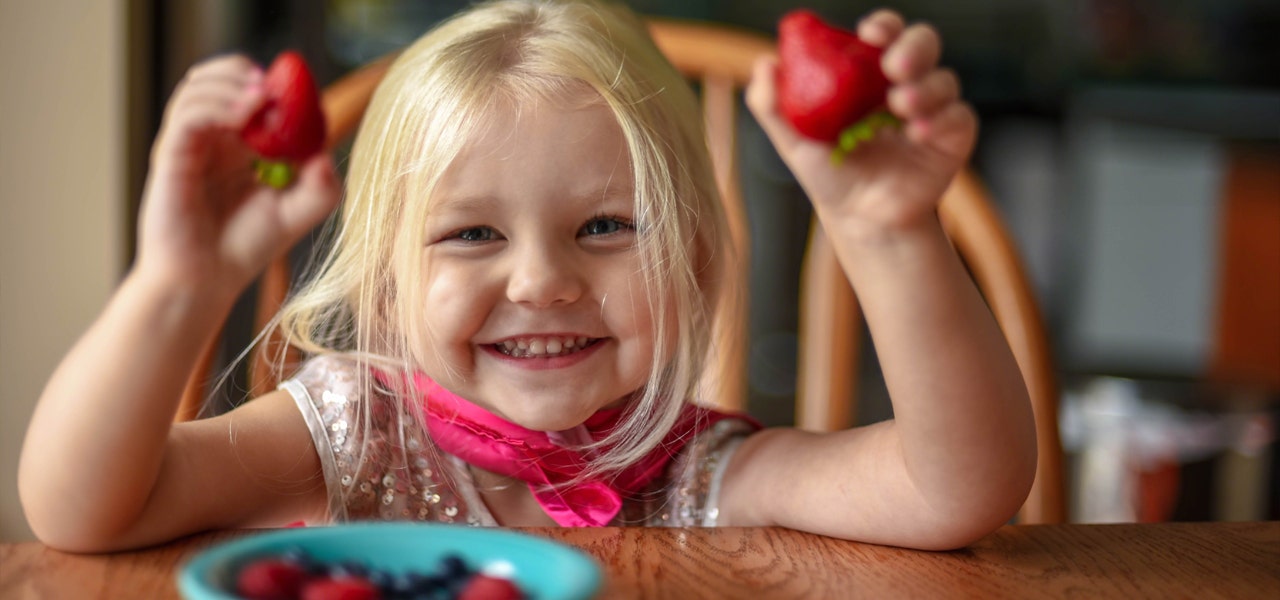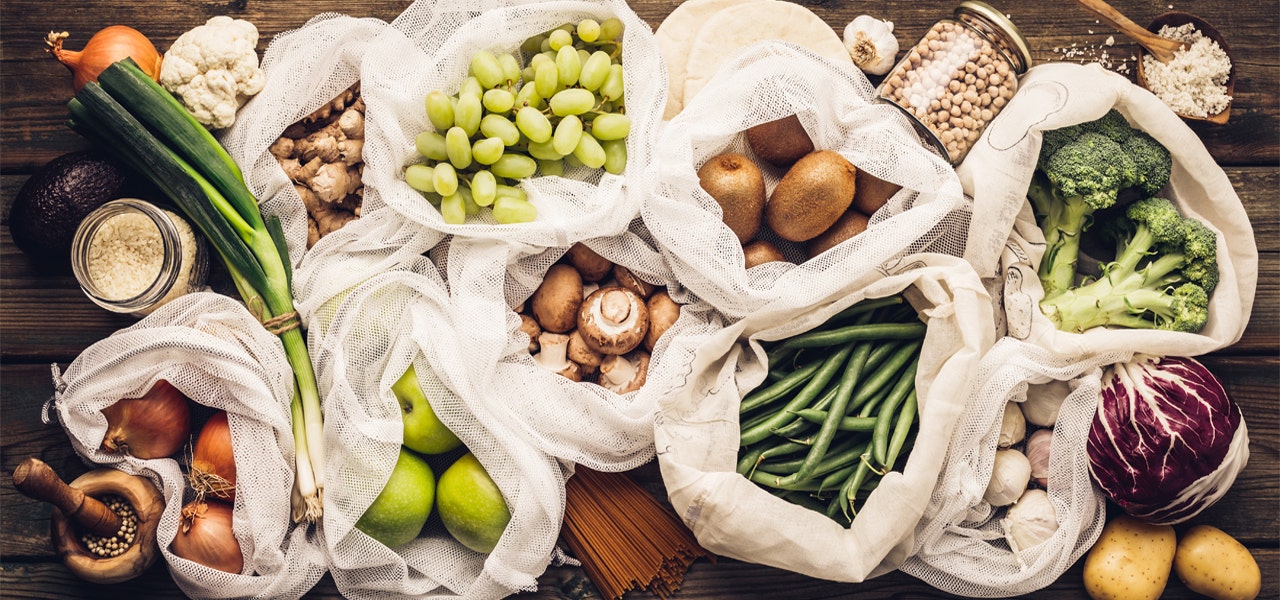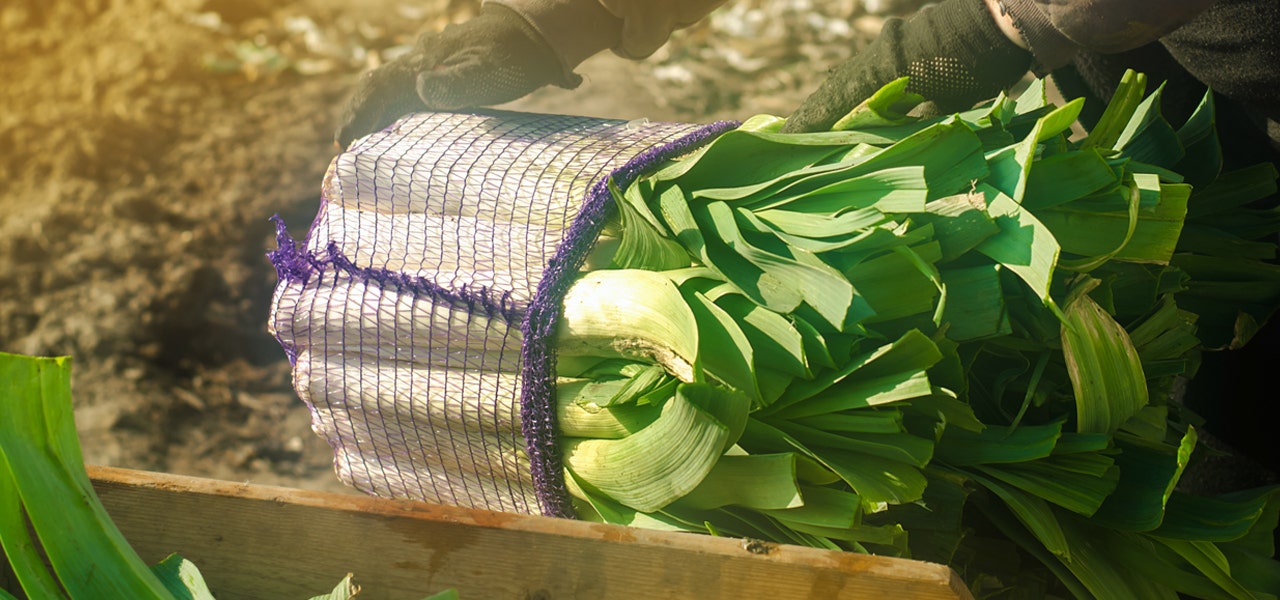It all started with chocolate.
I’m not really a New Year’s Resolution kind of person. I like change and, as a relationship and parenting coach, I’m all about taking practical steps to improve oneself and life. Yet, New Year’s Resolutions have always felt like an abrupt transition out of the merriment of the holidays, setting me up for follow-through failure motivated by the calendar rather than a true intrinsic desire for change.
And, with ADHD I’m one of those people that if I don’t REALLY want to do something, I’m REALLY going to struggle doing it. Plus, resolutions tend to be these huge encompassing lifestyle changes: exercise daily, weight loss, read a certain number of books, get more sleep, eat better… It all feels like a recipe for disaster. All undone, if I’m lucky, by Valentine’s chocolate appearing on the shelves by the second week of January.
Still, the natural rhythm of starting a new year does lend itself to some “out with the old, in with the new” opportunities. That very rhythm inspires me to Do One Thing. I may not be able to do it all but I can manage one thing at a time.
How I Learned the Value of Getting More from Doing Less
Chocolate was what got me to see just doing ONE thing could make a difference that was sustainable. My husband came home one day and announced that he was only going to eat fair-trade and sustainably produced chocolate, that he would no longer be a part of the supply chain that caused children harm. He had heard a news story about the working conditions for many cocoa bean harvesters and processors, many of whom were children forced to labor for little-to-no compensation.
Instead of being able to go to school or be with their families, enslaved children were doing the dangerous labor of gathering cocoa beans used to make cheap chocolate they’d never taste. After looking into it further and confirming that this was indeed an issue, my husband’s mind was made up: he wouldn’t knowingly eat chocolate that came from companies that did not fairly compensate their workers. He determined that while he may not be able to tackle every issue in every way, he could do this one thing.


Now, Do One Thing Has Become a Part of our Lives
Not just an annual ritual of resolutions that last 4 weeks, Do One Thing was simpler and more accessible by weaving it into the very fabric of our values and goals. There are so many important issues that we easily become overwhelmed when we think about them all. Instead, we challenge ourselves to just Do One Thing at a time and this approach has kept us steadily moving forward with a balance that works for us to both care deeply and live our lives.
Here are all the areas where our family has seen an impact:
- Environmental:
- Waste
- Emissions
- Sustainable goods
- Humanitarian
- Labor/Fair trade
- Local businesses
- Business practices
- Relationships
- Communication
- Conflict resolution
- Connectedness
- Health
- Physical activity
- Nutrition
- Sleep


Our Family’s Approach to Doing One Thing
Every year, every month and every week, we evaluate what is one thing we can do to improve ourselves, our family, our community, our world. For it to be effective, we have to understand “the why” behind the One Thing we’re doing. It must be informed and come from a place of true care for the motivation to stick. It has to be doable and sustainable.
The weekly options are small and attainable with minimal effort: make a food swap (one time eat sugar snap peas instead of chips, for example), text a friend, turn off the TV one night and play games with the family, etc.
The monthly Do One Thing may be a little more involved, such as volunteer somewhere, buy a set of glass food storage containers to replace some plastic ones, look into how a certain crop or good is produced and the environmental impact and find sustainable alternatives, etc.


The annual Do One Thing may be bigger and require more planning and budgeting. These steps could look like going organic with our mattresses and bedding, switching to all reusable shopping bags, changing where you shop, evaluating your carbon footprint and monthly making a change to reduce it, shifting from physical gifts to experience gifts for birthdays and holidays, etc.
Here are a few of the areas we have changed in our family through Do One Thing:
- Chocolate
- Sugar
- Coffee
- Vanilla
- Pillows
- Mattresses
- Laundry detergent
- Waste reduction (our family of 10 uses a trash can for a family of 4 as a result)
- Recycling
- Quinoa
- Vegetable garden
- Glass food storage containers
- Glass baby bottles
- Said good-bye to non-stick cookware
- Drive less/walk more/use public transportation more
Do One Thing That Works For You
Everyone is different. The areas that concern one may not be as important to the other. Which is why Do One Thing is so powerful while being so accessible. The uniqueness of the individual and family making these changes is inspiring and impactful and I love to hear from others what One Thing they’ve picked. Walking more or taking public transportation to reduce vehicle emissions may not be an option where you live. Switching out foods can be difficult with sensory challenges and allergies. So make it Do One Thing That Works For You.
Do One Thing works best when it isn’t motivated by guilt or shame but rather by conviction. Personally, I struggle to do things because they’re good for me but I am very motivated when they’re good for my children, good for other children, good for our earth, good for future generations. My best friend decided she wouldn’t consume anything that was made with sugar that wasn’t fair trade and though she’d tried to stop drinking soft drinks for years, it was this One Thing that kicked the habit once and for all.
Making the choice to buy a used vehicle so we could save and switch out all the family mattresses because we were going to Do One Thing of addressing sleep surfaces to reduce our children’s exposure to concerning chemicals was far more doable than replacing all our furniture. Do One Thing only works if it works for you.
Tips to Start the Do One Thing Approach in your Life
Getting started is usually the hardest part, right? You can make understanding the Do One Thing philosophy your One Thing for today! So you've already begun. Here are some helpful tips for what to do next.
Check your motivation. Fear is a powerful motivator but love, care and empathy are even more so.
Informed choice. Not just for medical and health care decisions, informed choice makes a difference because you know what you are doing and why. And knowledge is power. Just be sure your sources are verified and reliable such as peer reviewed studies, evidence based research, third party verification organizations and reputable journalism.
Do no harm. Your choices will be more sustainable if you can see there is a reduction in harm to yourself and others.
Be realistic. If it is too big or overarching for you, it will become discouraging. Break it down further into single steps you can take one at a time.
Enjoy it. There needs to be some pleasure in the process for it to stick. Find something you enjoy about this change and your Do One Thing will last.


I’m grateful my husband decided he would no longer eat chocolate that wasn’t fair trade, it turns out fair trade chocolate tastes better and is usually much better quality so a little bit goes a long way. Not only is it satisfying, good for us and delicious, but it also it means we’re not taking part in taking advantage of enslaved children.
And now our clothes aren’t manufactured in sweatshops, our pillows aren’t toxic and headed to the landfill for hundreds of years, and I love my regular walk to school with the kids and listening to my podcast on the way back. We’re not done. There are a lot more One Things in our future but unlike resolutions, we’ve been able to stick with the ones we have done.
And it feels so good to know I can just Do One Thing.
 BABY
BABY  KIDS
KIDS  ADULT
ADULT  LEARN
LEARN  STORES
STORES 
